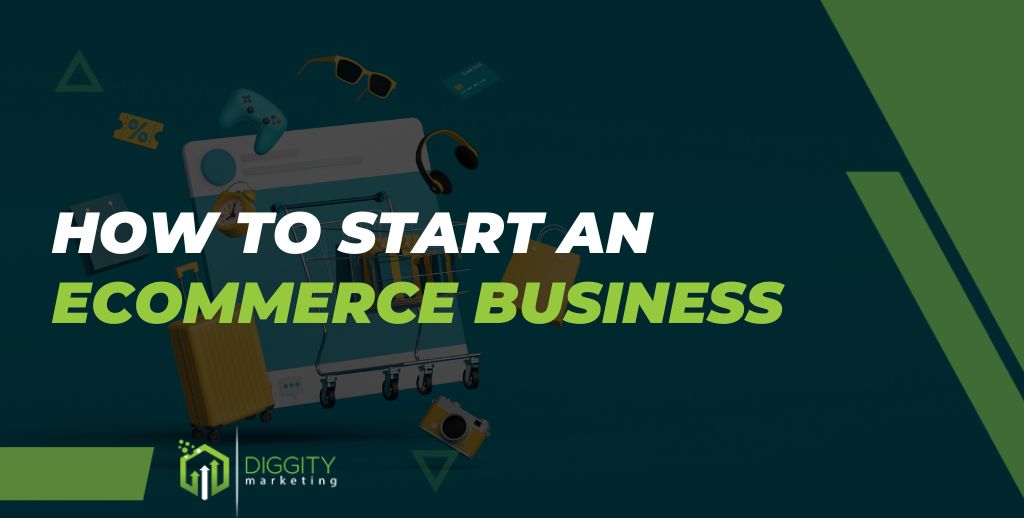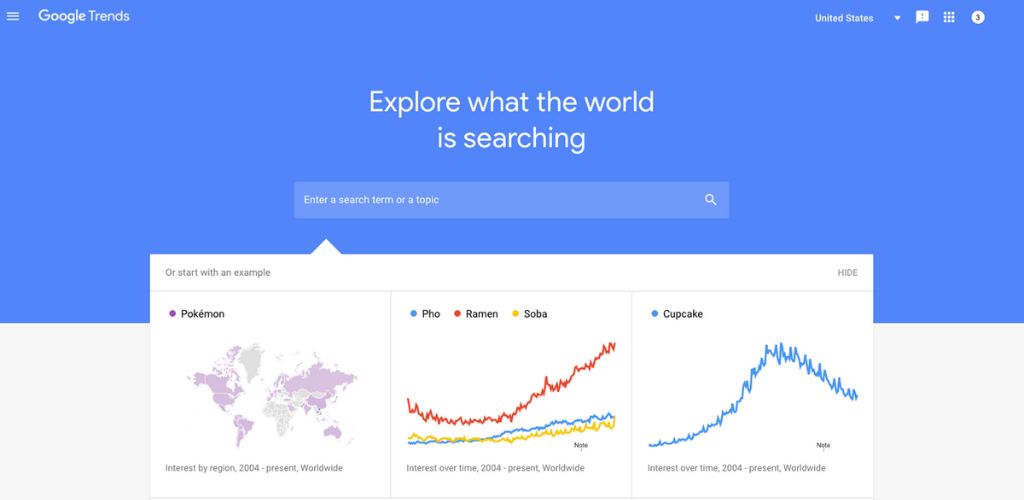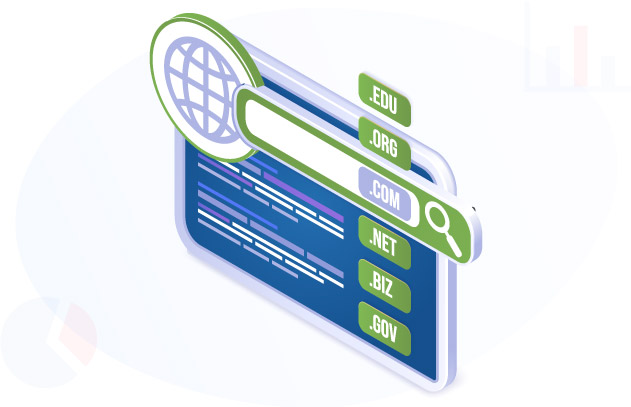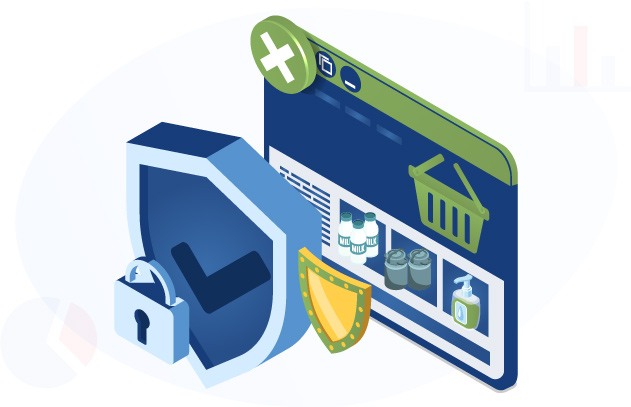
The existence of the internet and technology has enabled people to start online businesses that have become major successes over time.
One such business area that has become exceptional is e-commerce, which involves the buying and selling of goods and services over the internet.
Starting an e-commerce business is great, but sometimes it can be difficult to determine if it will do well enough to generate expected returns.
After years of experience in this niche, I shall reveal all you need to know about how to start a successful e-commerce business.
Table Of Contents
- Quick Summary
- What Is An E-commerce Business?
- What You Should Know About Starting An E-commerce Business
- Finding A Niche
- Knowing Your Customers
- Researching Competing Businesses
- How To Set Up Your E-commerce Business
- Create Your E-commerce Business Plan
- Creating Your Online Store
- Promoting Your E-commerce Business
- Frequently Asked Questions (FAQs)
- Start Your E-Commerce Business Today!
Quick Summary
Email marketing is one of the oldest marketing strategies and is still very effective for promoting e-commerce businesses.
Having a business plan for your e-commerce business is very important since it helps you know the factors to consider when starting an e-commerce venture.
Working within a niche gives your e-commerce business a better chance of success than just selling products available everywhere.
What Is An E-commerce Business?
An E-commerce business is simply the buying and selling of goods and services over the internet. In the real world, people make these transactions physically at a given location.

Whereas in the e-commerce business, the internet serves as the medium of communication between the sellers and the buyers who want to exchange something for another.
The e-commerce business is hugely successful because of various channels, such as internet banking, electronic funds transfer, mobile commerce, electronic data interchange, and more.
What You Should Know About Starting An E-commerce Business
Starting an e-commerce business requires in-depth research and an excellent understanding of e-commerce. There are several factors you need to take into consideration before making any move.
Understanding E-commerce Business Models
Understanding what e-commerce business models are about and knowing which to go for is usually the first step toward starting a successful e-commerce business.
There are several types of e-commerce business models, and they include business-to-business (B2B), business-to-consumer (B2C), consumer-to-business (C2B), and consumer-to-consumer (C2C).
Let us take a look at each of them below:
Business-To-Business (B2B)
The online exchange of goods and services between two businesses is known as business-to-business e-commerce. This type usually involves a wholesaler, a retailer, or a manufacturer and a wholesaler.

This model usually involves a supply chain where either raw materials or finished products are exchanged from the manufacturer to the wholesaler or from the wholesaler to the retailer.
In this model, no consumers are involved, even though they stand to benefit from the resultant effects of a B2B relationship. Examples of e-commerce businesses operating under the B2B business model include Samsung, Apple, and Intel.
Business-To-Consumer (B2C)
Business-to-consumer (B2C), or retail e-commerce, typically involves online transactions between businesses and consumers.
This model is also the most common among the e-commerce business models and is all about customer satisfaction and ensuring that the goods and services purchased are delivered when due.
A popular type of business that uses this model is Amazon. This company is the number one e-commerce business globally, known to offer a wide variety of goods and services to consumers worldwide.
Other popular e-commerce businesses operating with this model include Urban Outfitters, Kylie Cosmetics, Boohoo, etc.
Consumer-To-Business (C2B)
A consumer-to-business model is a situation where a consumer offers specific benefits or services to an organization.

In this business model, the consumers offer certain values to the organization in return for payments or goods and services offered at discounted prices.
Examples of organizations utilizing this business model include Google AdSense, Shutterstock, and more.
C2B can also mean that a business brings consumer insights and consumer-centric solutions to another business as its primary service or value-added offering.
– Brent Walker, Former Executive Vice President and CMO of C2B Solutions
Consumer-To-Consumer (C2C)
Consumer-to-consumer (C2C) is a type of e-commerce business that involves the exchange of goods and services over the internet between consumers.
To carry out an exchange, the consumers will require an online platform, which will serve as a communication medium.
For example, Craigslist is a typical e-commerce business that uses this model, allowing consumers to buy and sell items in different categories such as housing, used cars, garage sales, jewelry, etc.
Other types of businesses in this business model category include eBay, Facebook Marketplace, Depop, etc.
Finding A Niche
Finding a niche should be the next thing on your list once you have decided on the best e-commerce business model.

You might be tempted just to sell a random list of products and services online, but the tendency for this to succeed is quite slim, considering that many businesses already do it.
To stand out, you have to brainstorm and identify gaps not yet filled among consumers. Setting up an e-commerce business with that in mind will make your business unique, with a higher margin for success.
Also, try to understand the niche you are about to specialize in to see if it is something that people are passionate about. If it is, then your business is more likely to succeed [1].
This should give you an idea of what to expect in that niche and how you can work with other businesses to grow together, become an affiliate, or expand your audience.
Knowing Your Customers
The next thing on your to-do list should be identifying the kind of customers you want to work with. Is your business for the lower, middle, or upper classes? What do you want your business to represent?

These are some of the questions you will need to ask yourself when setting up your e-commerce business and the image you want it to take in the online business environment.
Another important factor you need to consider is the type of product you want to offer for sale. This has to be a product that isn’t a regular item already purchased by customers from other businesses.
Ensure the product is unique and in demand by a particular target market. To make this easier, start by jotting down a list of products you want your business to sell.
You can also use services, such as Google Trends, to see if your products are good enough to attract the patronage of your target audience.

Once you have identified your unique products, you can source them using drop shipping, a popular option among several e-commerce businesses.
With drop shipping, you can find suppliers of your products, move them to your e-commerce platform, and then, when a customer requests one of the products, you place the order with a supplier that will send the product to the customer.
This method is very efficient, considering that it saves you a lot of stress and gives you enough time to be up-to-date with the latest trends in your niche.
Researching Competing Businesses
You should learn about competing businesses in your niche and what they are doing so that you can compete favorably and sell the best products.

Some of the questions you must ask yourself include: What business model do they have? Do they have a single product or multiple products? What social media channels do they operate on? What is their target audience? How do they promote their businesses?
Finding answers to these questions will give you an idea of what to do to ensure that you have a successful e-commerce business.
How To Set Up Your E-commerce Business
Now it is time to set up your e-commerce business. You have done your research and identified the products you want to work with. You have also identified the niche that suits you best and how your business can compete favorably.

These are the areas you now need to focus on when setting up your e-commerce business:
Register Your Business
Start by registering your business and making sure it is incorporated. Also, be aware of all applicable laws and benefits associated with business registration and incorporation.
Select A Name For Your E-commerce Business
Make sure to select a befitting name for your e-commerce business. Do not be in a hurry to do this, and be sure it is something that fits the niche you belong to. Also, ensure some correlation between your business name and your website name.
Do not select a name that another business has already taken. You can always verify this with your local secretary of state’s website [2].
This makes it easier for your customers to locate you over the internet, and it makes it easier for people in general to find and promote your business.
Have A Business License And Permits
You can always do your research to find out how exactly you can get a business license. The application process for getting a business license varies according to your location and the industry you belong to.

You can also seek the advice of other business owners or mentors who may offer you relevant information on how to get one.
Find out what state and home business licenses you will need. This depends on your location, such as the country and city you live in, before starting your business.
Bear in mind that if you set up your e-commerce business from home, you won’t need the same type of permit as brick-and-mortar businesses [3].
Have An Employer Identification Number
An employer identification number is important because you need it for your bank account and taxes. You will also need it for different legal processes.
Work With The Right People
Selling online comes with a lot of competition, so it will be in your best interest to work with the right people who can help you with your website, provide you with relevant software, and help you find the right materials for your products.

Be sure that the people you are working with can help take your e-commerce business to the next level while you remain competitive.
Get An E-commerce Business Logo
Remember to get a logo for your business. While doing that, make sure it isn’t something that is already being used by another business. Keep it original, simple, and classy!
Pay Attention To The Visuals
Use the right blend of colors and images to put your business brand out there. Also, know the right font sizes and the type of theme fonts to use. If you don’t know how to do this, you can hire a design team to help you.
Global e-commerce demand only continues to increase. To efficiently and successfully cross borders, retailers are looking to partner with logistics providers who are prepared to meet their needs around the world and in individual local markets.
– Steen Christensen, Chief Operating Officer at SEKO
Create Your E-commerce Business Plan
Your e-commerce business plan should primarily include your personal and business finances, which consist of your budget, loan needs, and regular monthly expenses.

Try as much as possible to determine your estimated revenue and expenses and know what profit margin your business should have at the end of each month.
Consider your staff payments and bonuses, product sourcing, logistics, and marketing budget.
Also, remember to take stock of your inventories. If your business has a large inventory, you can hire the services of certain companies, such as ShipBob, which specialise in handling and storing inventories.

Inventory management software can come in handy for your business to keep track of every piece of information concerning your inventories, especially if there are a lot of them.
With this software, you can tell where your products came from, their delivery date, current location, and total number.
Your e-commerce business plan should feel manageable and creative, so start small [4].
Consumers will be more conscious of their wallets. They’re looking for bargains; they’re looking for deals. E-commerce marketplaces will face stronger competition from offline brick-and-mortar stores, which means they will steer their marketplaces to be more low-cost and deal-driven to remain competitive.
– Ya Wen, Senior Vice President, Americas at Payoneer
Creating Your Online Store
Now that you have gotten most of the things you need to start your e-commerce business, you can create your online store by first purchasing a business domain name and ensuring that it is registered.

You will also need to get e-commerce software. There are some that you can get for free online and others that require you to pay a certain sum before you can have them.
Before you choose either, consider certain factors such as loading speed, features, compatibility with different payment gateways, compatibility with your business structure, your web developer’s skills, SEO-friendly features, and much more.
After considering all of these factors and selecting an e-commerce software, you should get a good template that works well with your chosen software.
There are many e-commerce templates, so make sure you make the right choice.
Also, make sure that your e-commerce store has good customer support, such as appreciation emails and coupons, so that your website visitors have a higher tendency to become regular customers.
Promoting Your E-commerce Business
Promoting e-commerce businesses is all about e-commerce marketing. You will have to develop a solid marketing strategy that works well enough to the point where you can seamlessly bring in new customers.

Also, make use of sales channels when marketing your business. The right mix of sales channels based on the type of products you have to offer and your target audience can attract more people [5].
Go for free marketing channels first, and then, after your business has gained some recognition, you can use paid marketing channels.
Once you notice that your business has made some profits, put it back into advertising to grow it even bigger.
Also, ensure you put the right price tag on your products. E-commerce marketing costs a lot of money, so you do not want to make less money than possible by attaching the wrong price tags to your products.
We cannot overemphasize direct marketing. Make as much effort as possible to persuade customers to take actions that would yield positive results through direct marketing campaigns [6].
Once you have done all these things, you can analyze your business’s performance.
Frequently Asked Questions (FAQs)
How Much Money Would I Need To Start An E-commerce Business?
You would need thousands of U.S. dollars to start an e-commerce business. This is because an e-commerce business requires you to do a lot of monetary-based activities, such as marketing and advertising, website building, and much more, for it to be successful.

Is An E-commerce Business Profitable?
An e-commerce business is profitable, but keep in mind that profits may not come as quickly as you might think. On average, it may take between one and two years before you begin to realise considerable profits from your e-commerce business.
What Skills Do I Need To Run An E-commerce Business?
The skills you need to run an e-commerce business are more than a couple, and they include copywriting, design, critical thinking, resilience, relationship building, and much more.
What Are The Challenges Faced By E-commerce Businesses?
The challenges faced by e-commerce businesses are numerous. They include data security, finding the right customers, knowing what products to sell, e-commerce fraud, customer retention, and so on.

How Do I Secure My E-commerce Website?
You can secure your e-commerce website using various security methods, which include implementing strong passwords, using extra authentication features, safely storing relevant customer data, regular maintenance of your e-commerce website, and so on.
Start Your E-Commerce Business Today!
Starting an e-commerce business is not a day’s job, but you can get it done with the right amount of effort and determination.
The beauty of an e-commerce business is that once you have applied all the necessary strategies and utilized all available channels, you will start seeing positive results over time.
For example, finding out how to get your e-commerce business the right amount of traffic using SEO best practices is just one of the simple ways to boost and grow your business brand.
Once you have everything mapped out, it becomes much easier for your e-commerce business to succeed.
